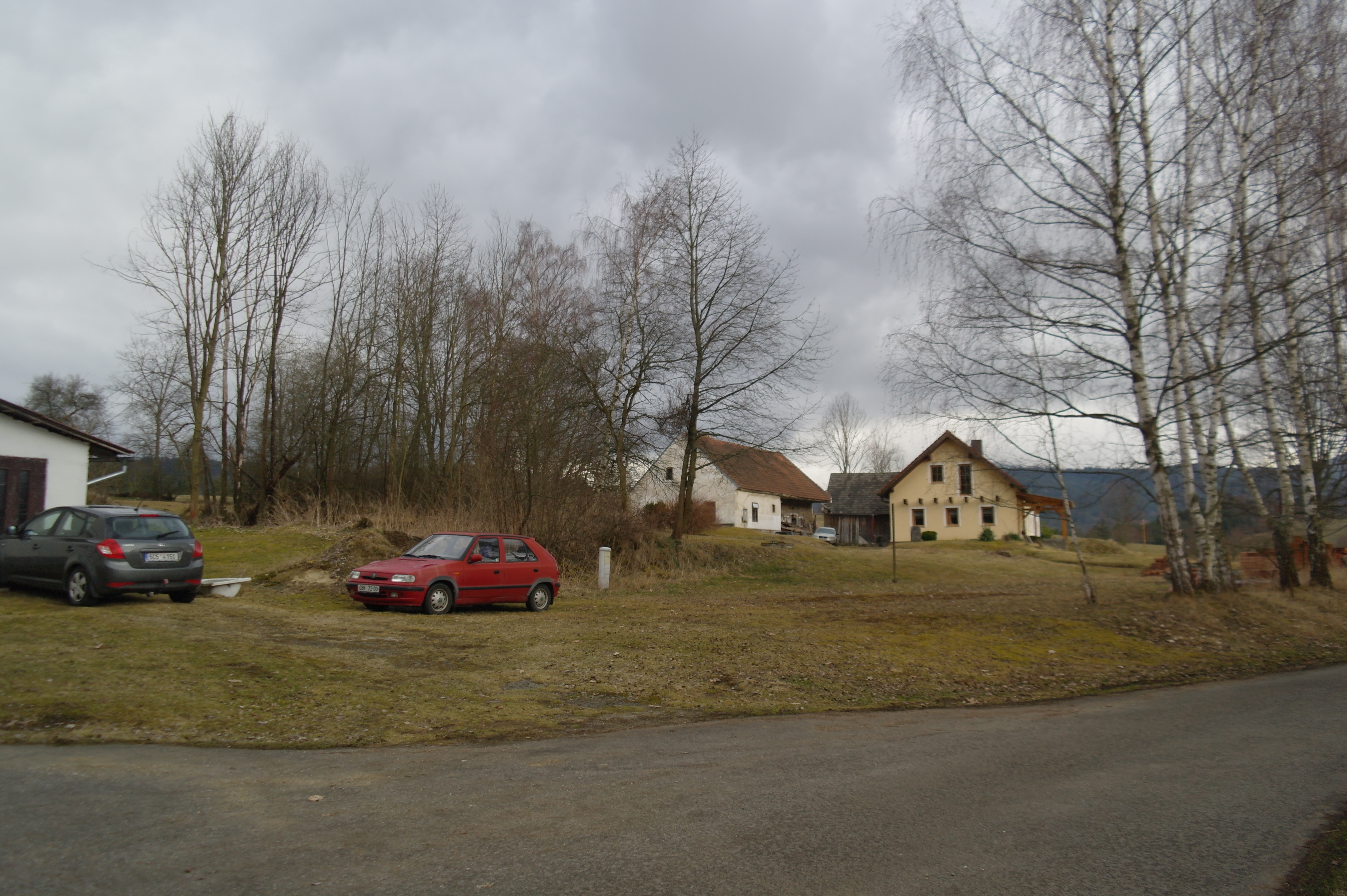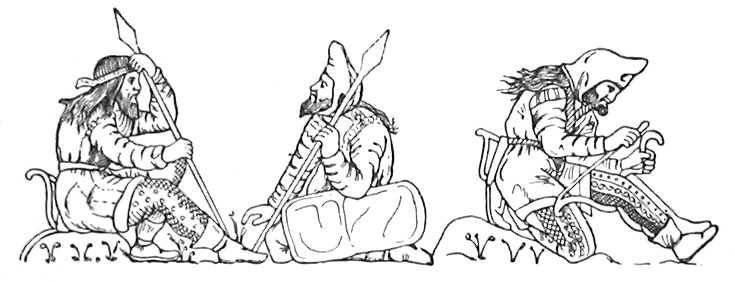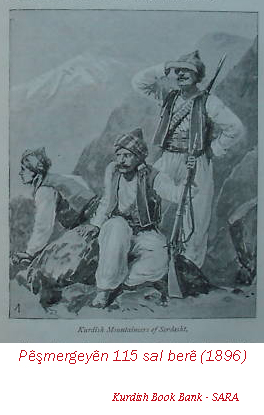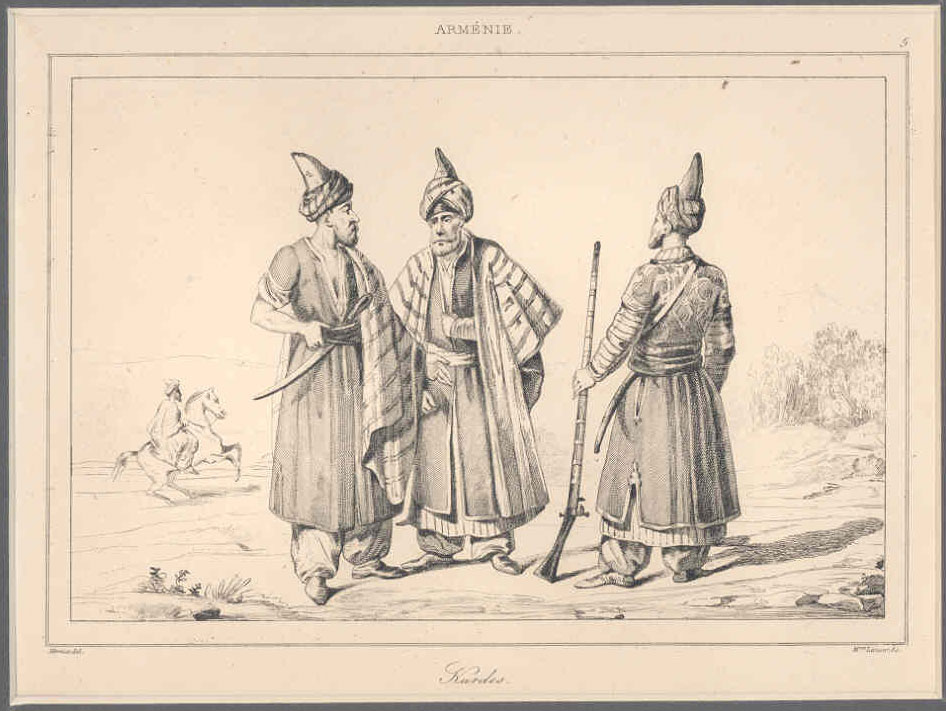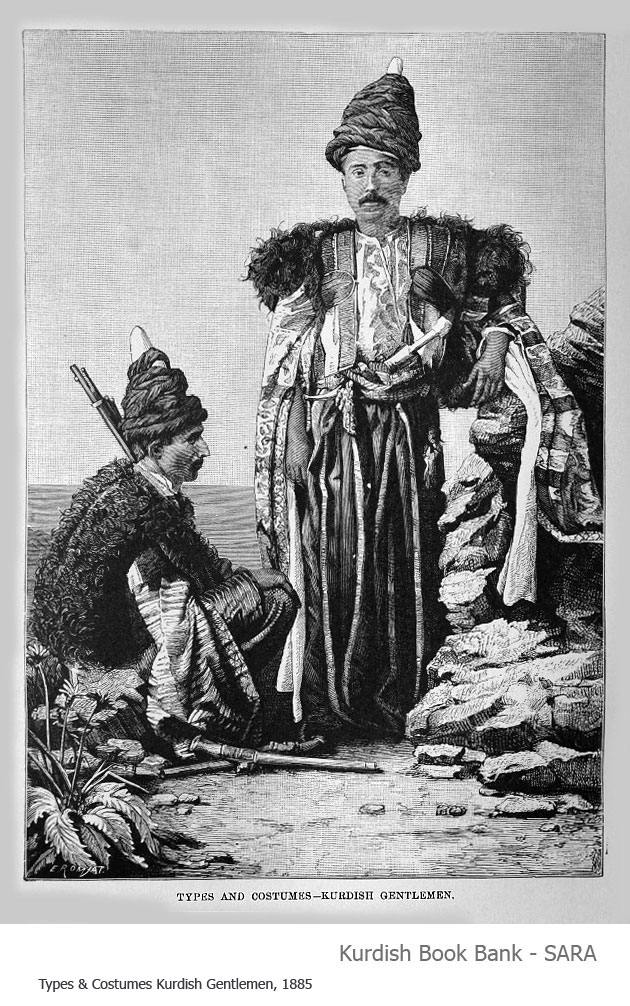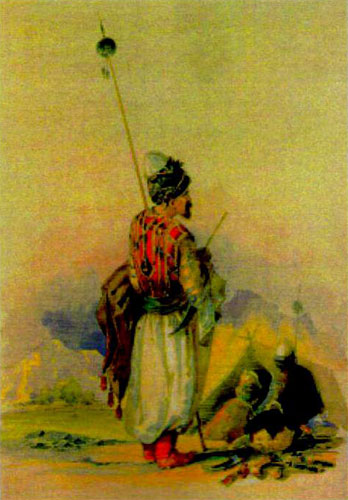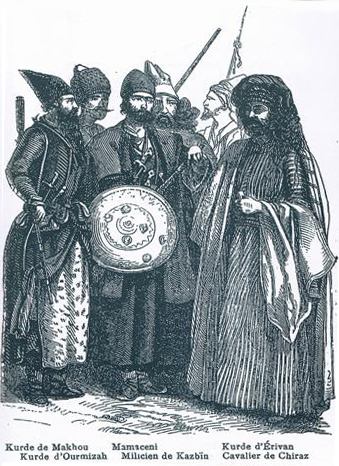Female Kurdish warriors.
Female Warriors
A reconstruction of the Scythian warriors in battle (Cernenko & Gorelik, 1989, Plate F). Female Scythian warriors were known for their prowess at war.
Female Kurdish warriors.
Female Kurdish warriors.
Scythian Inscription
A Scythian inscription from Kurdistan, scratched in hieroglyphic signs; about two third of which can be identified with Hieroglyphic Hittite characters.
The text is transliterated as :
pa-tì-na-sa-nà tà-pá wa-s₆-na-m₅ XL was-was-ki XXX ár-s-tí-m₅ ś₃-kar-kar (HA) har-s₆-ta₅ LUGAL | par-tì-ta₅-wa₅ ki-ś₃-a₄-á KUR-u-pa-ti QU-wa-a₅ | i₅-pa-ś₂-a-m₂
it is transcripted as:
patinasana tapa. vasnam: 40 vasaka 30 arzatam šikar. UTA harsta XŠAYAL. | Partitava xšaya DAHYUupati xva|ipašyam
and translated as following:
"Delivered dish. Value: 40 calves 30 silver šiqlu. And it was presented to the king. | King Partitavas, the masters of the land property."
Labels:
Scythian inscription
Scythian mythology and Yazdanism
Yazdanism is a conventional name for the pre-Islamic religion of the Kurds, before it developed into three branches of Ezidism, Yarsanism and Alevism, now practiced by small communities in central, southern and northern Kurdistan, respectively. A peculiarity of these religions which they share together and basically originates from Yazdanism is belief in a heptad of divine beings. In Ezidism for instance, the world is in the care of a Heptad of seven Holy Beings, often known as Angels or heft sirr (the Seven Mysteries). Preeminent among these is Tawûse Melek or Melek Tawus, literally meaning ''The peacock angel''.
In Scythian mythology, which is sporadically known through Greek sources, a heptad of seven deities are worshiped, greatest of all being ''Tabithi'' or ''Tabiti'' who was ''queen of animals'' and ''godess of fire''.
Besides the resemblance of the name which fully corresponds with Kurdish historical phonology (b> w, θ>s, hence: Tabithi > Tawus), both divinities have smiliar characters: being the greatest of the heptad and queen of animals (peacock has been often described as such).
One more amazing similarity is that in the Scythian mythology, the heptad divinities each represent a planet, as in Ezidism in which each divinity has been created in a week-day, (week-day names basically represent planets).
Another Scythian goddess, "Api", depicted as having snakes instead of legs (image), precisely corresponds with the famous Kurdish mythological character, "Shameran".
The Scythian dynasty of Adiabene
Above is the relief at Batas, depicting King Izates II (ruled ca. 36-62 A.D) of the Scythian dynasty of Adiabene, in what is nowadays Southern Kurdistan. Its capital was Arbela (Arbil) and included Garmakan (Garmian/Kirkuk), Duhok, Mosul, Shyarzur (Sharazur) etc.
King Izates II who is wearing a pointed tiara with a headband or diadem, ordered the carving after the unexpected retreat of the Parthian king, Vologases I, who had marched against him but had been forced to abandon the campaign when nomadic Dahi and Sacae (Scythian-related peoples) invaded the northeast of the Parthian empire.
The Parthians and Armenians called the kingdom "Nor-Shirakan", after the powerful ruling dynasty of Shirak, who were a well-known Scythian people. During Sassanid period, the kingdom was ruled by the "Suren" clan, who were related to both Scythians and Parthians. Both Shiraks and Surens have left substantial toponyms after themselves in Kurdistan.
Other inhabitants of Adiabene were Alans, Orontes (Rawands), Azones (Hazwans) and Silices (Selekei/Silki or Sidkan), these tribes are still there, in Kurdistan.
In the middle Persian language, the old Persian term "Saka", which meant ''nomad'' and was a generic term for Iranic-speaking non-Zoroastrian nomads (i.e. Scythians), had been replaced by "Kurd" (nomad)، which paved its way even into Arabic. After Muslim Arabs conquered the area in the 7th century, the Adiabane Kurds, (Arabic: ''Akrad al-Hadiab''), gradually expanded their dominion northwards to the areas around lake Urmia, taking Ushnu as their summer capital. They ruled the area for a while but later split to a few branches, spreading across Azerbaijan (at times Turks still had not invaded Azerbaijan), and Caucasus. Saladin the renowned Muslim ruler was descendant of one of the Adiabene tribal branches.
Saladin the Kurd, a descendant of the Adiabene Scythians.
Pointed hats
Scythians are known with and are shown on the ancient relics wearing pointy hats.
Kurds also have traditionally been known for their pointy hats.
Kurdish militia 1896
Kurds from Southern Caucasus (Armenia), 1840
Kurds 1840s
Kurds 1885
Kurdish warrior 1800s
Kurdish cavalryman, 17th century, showing a mounted cavalryman wielding a spear. From an unidentified 17th century German work
Representives of Kurdish costumes from six different geographical locations.
The list of images goes on, and give us a clear clue about Kurds traditional pointy hats.
Labels:
Kurdish costume,
Scythians
Subscribe to:
Posts (Atom)






